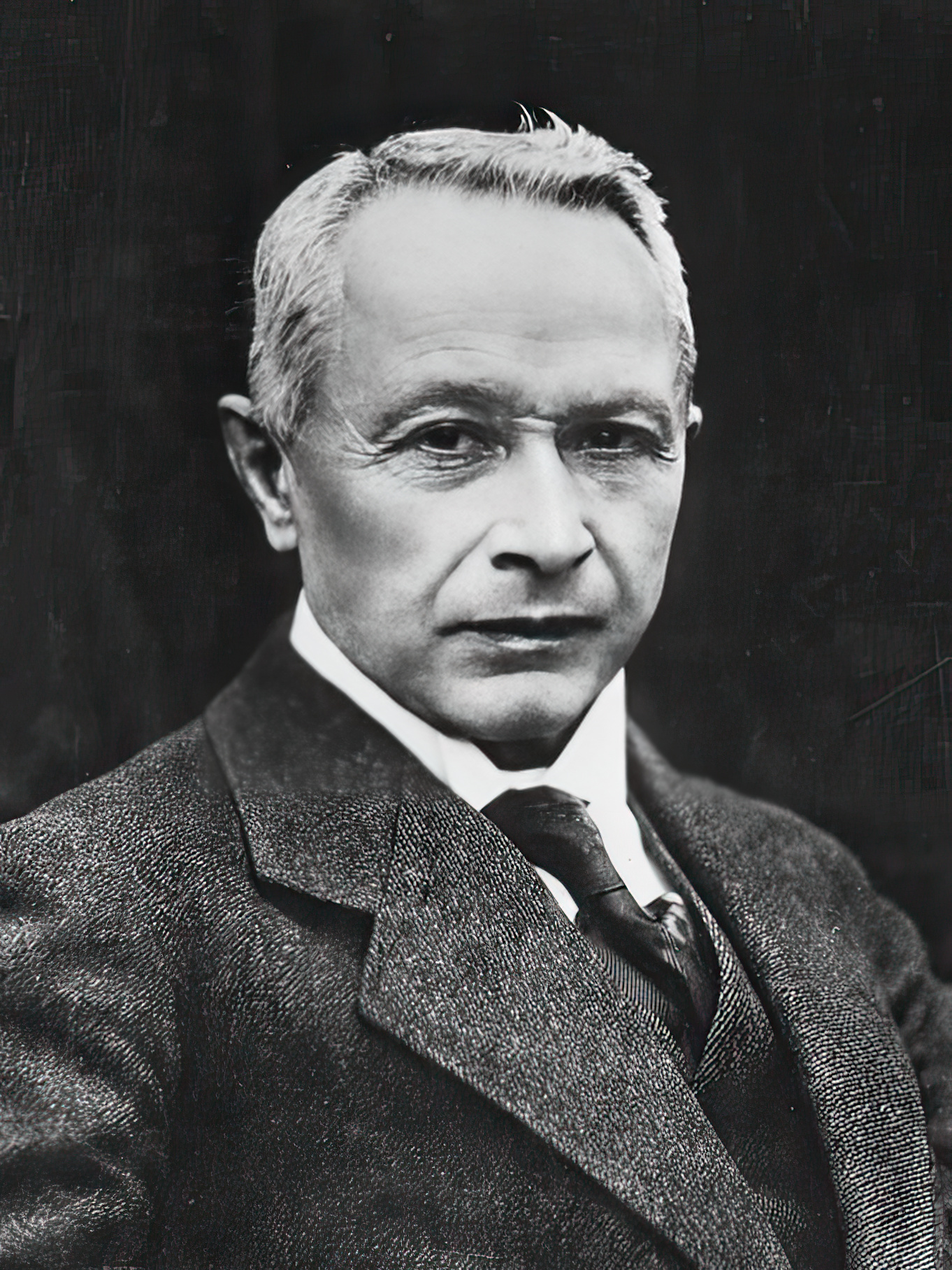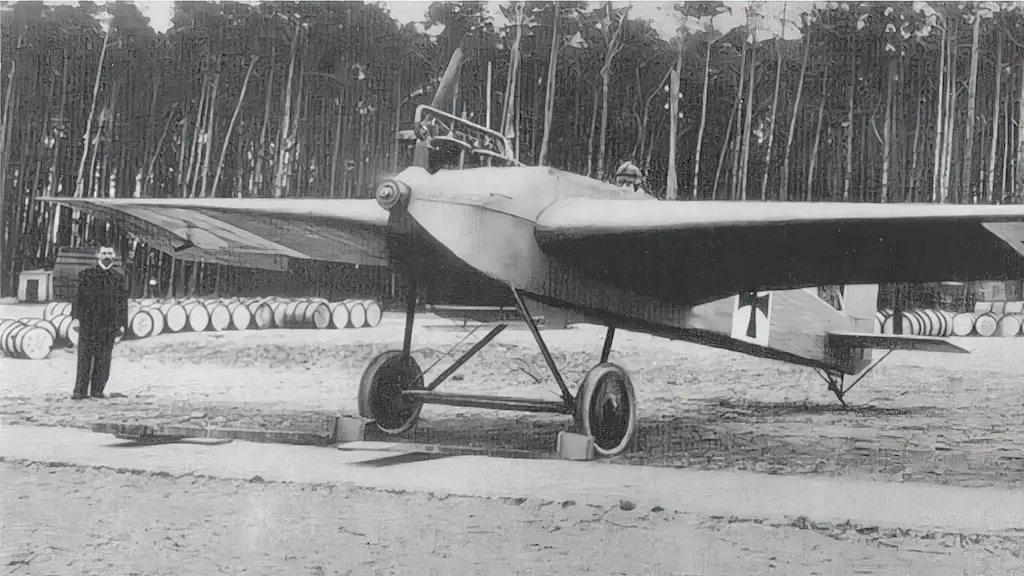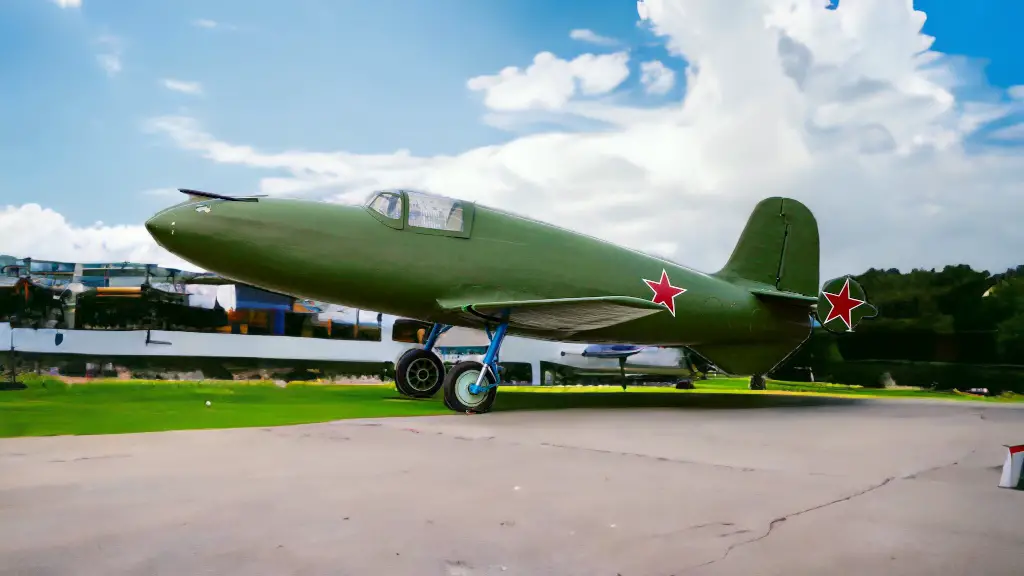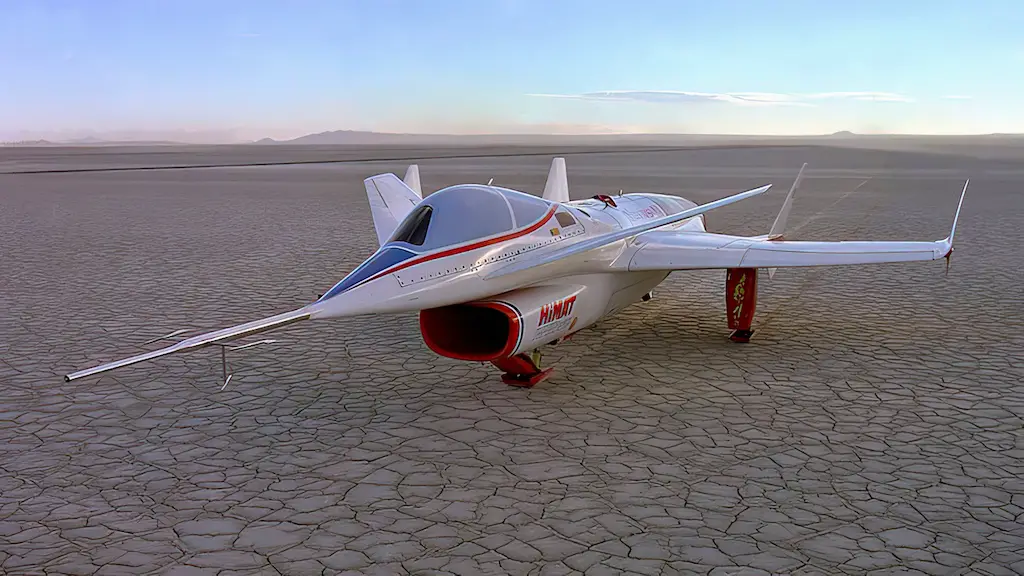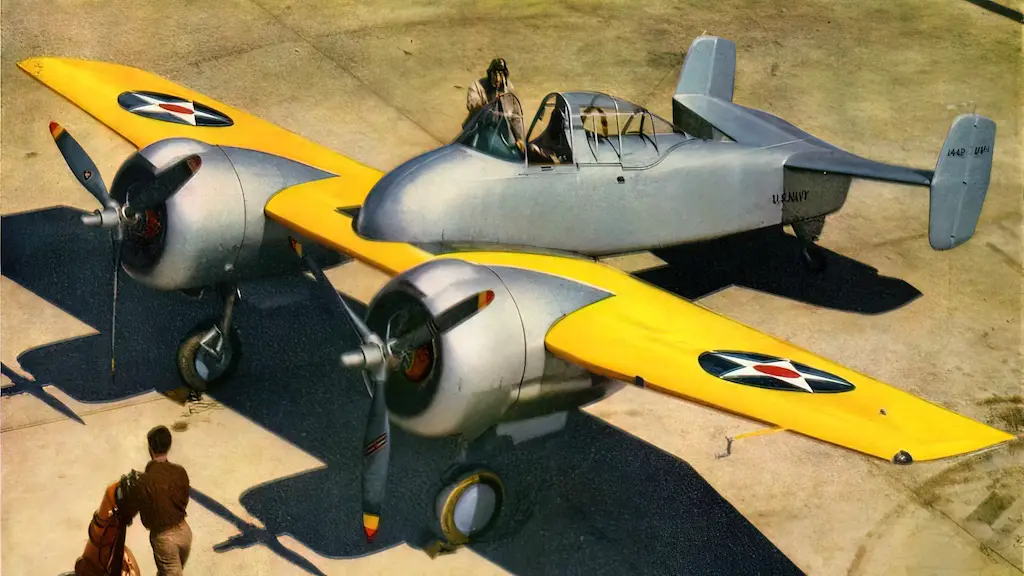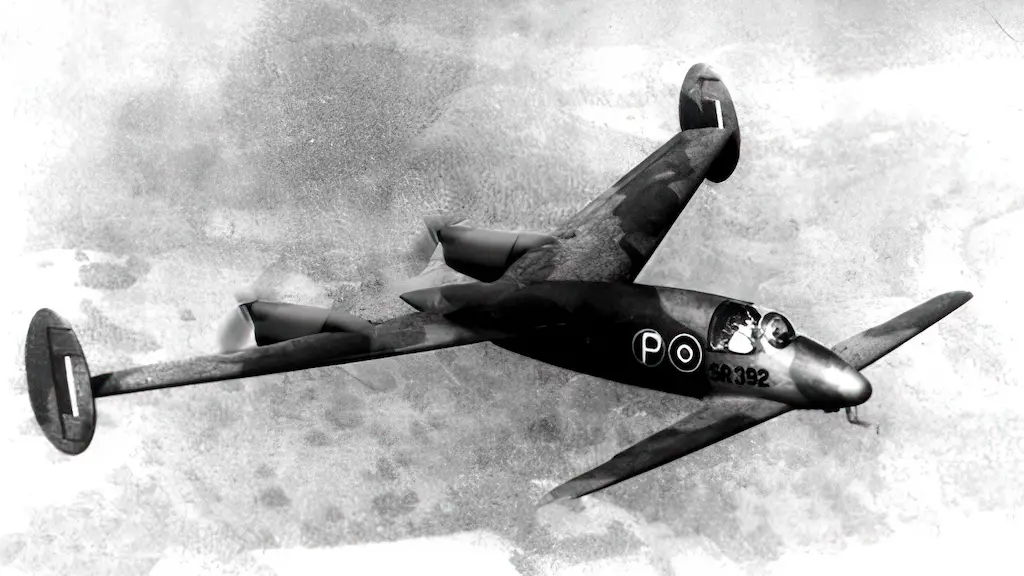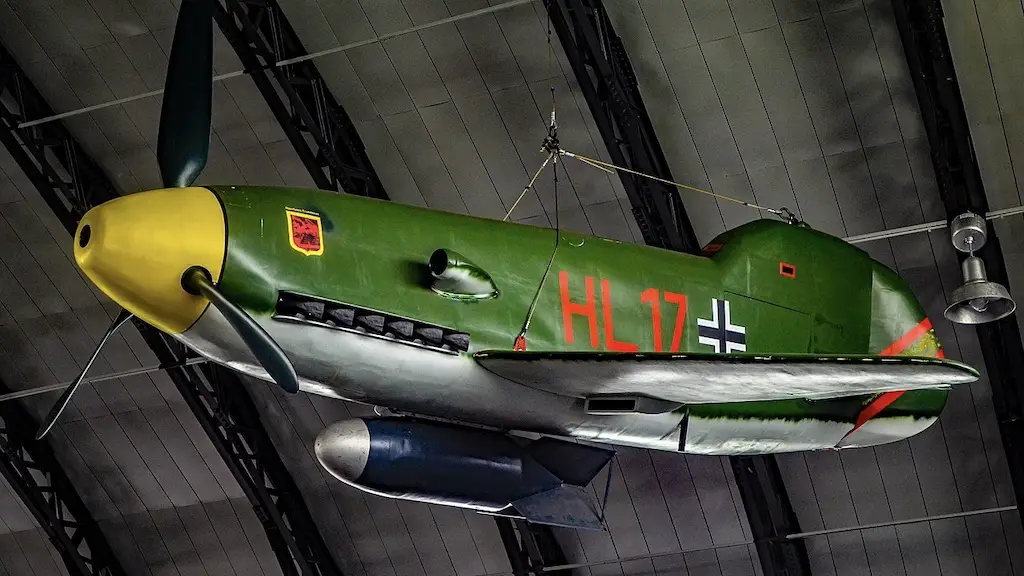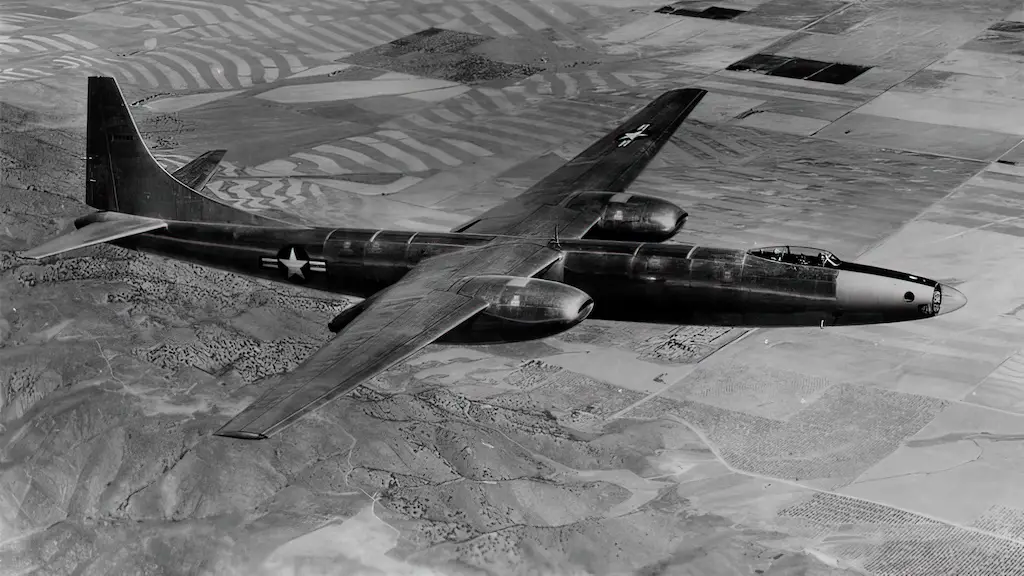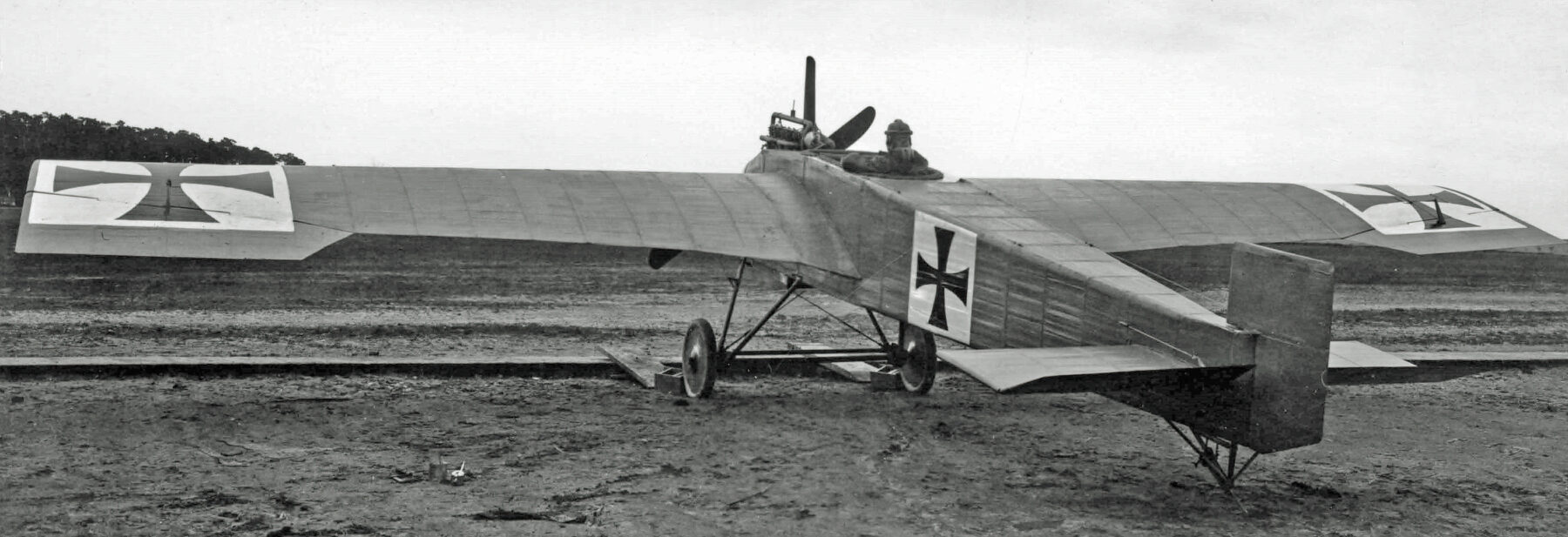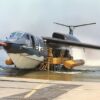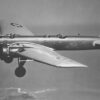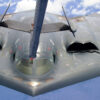The First World War was a time when fabric-covered, wire-braced, wooden airplanes still reigned the skies. Metal was used in their construction in only very limited amounts. Decades passed before the situation changed to the opposite and all-metal planes became the rule and wooden birds a rare exception. But the first steps toward that revolution were made as early as 1915, when innovative German aircraft designer Hugo Junkers created his Junkers J1, the first practical aircraft of all-metal construction.
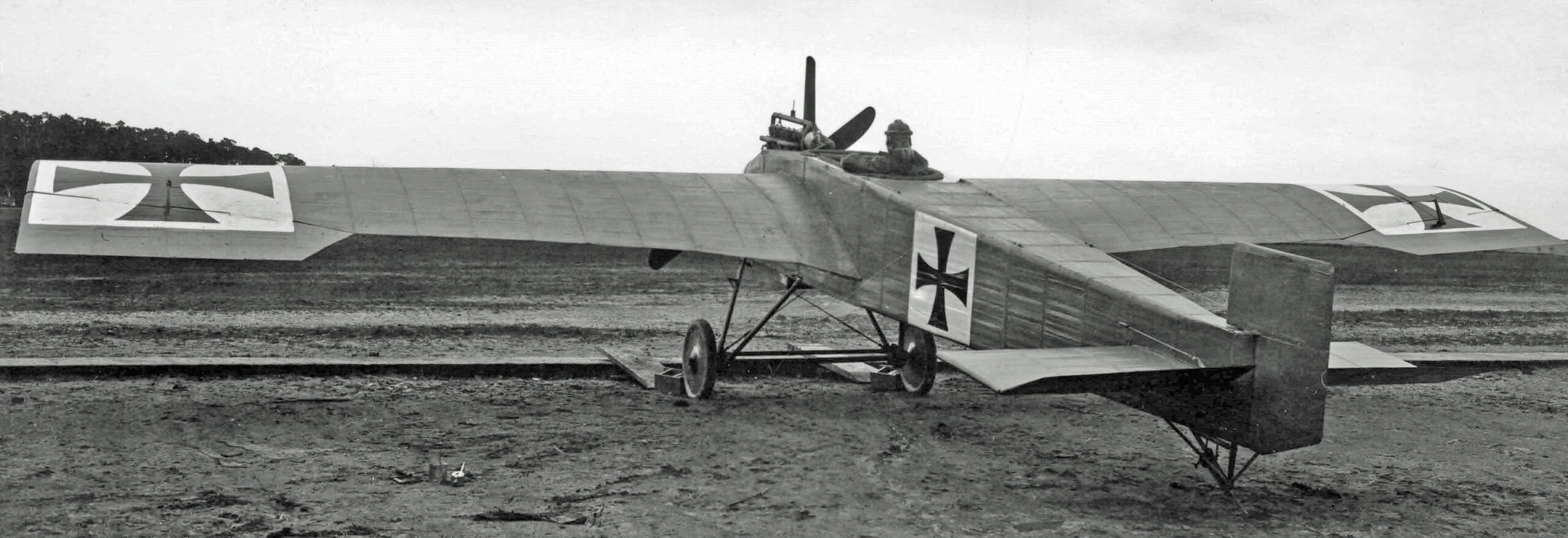
A steel bird
While metal had been previously used for certain structural elements of the airframe, Junkers went much farther and employed it both in the aircraft’s structural elements and its outer skin. Although duralumin had been invented several years earlier, its quality wasn’t yet very high at the time, and Junkers chose to make the aircraft from sheets of electrical steel.
The J1 was a mid-wing cantilever monoplane with a wingspan of 42 ft. The 28-ft long fuselage ended in a conventional tail unit featuring a single all-moving fin and low-set horizontal planes. The aircraft was powered by a nose-mounted 120-hp Mercedes D.II 6-cylinder water-cooled in-line piston engine driving a two-bladed propeller. Like virtually all other aircraft of the time, the J1 had an open-air cockpit and fixed landing gear.
There had been some attempts at building all-metal planes prior to the J1 in France, Germany, and Britain. But all of those heavy, underpowered machines simply failed to rise into the air. The Junker’s design was different in that it actually flew.
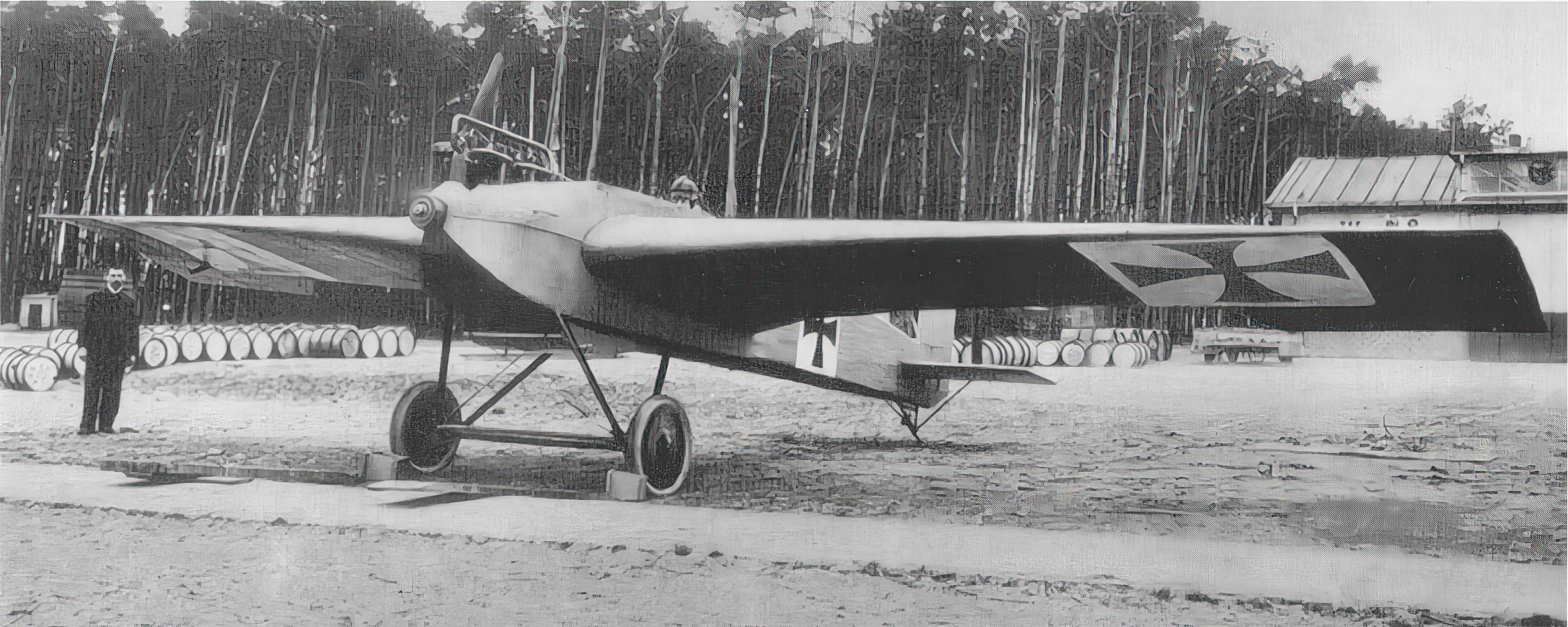
Sheet Metal Donkey takes to the air
The aircraft, which was nicknamed Blechesel—for “Sheet Metal Donkey” in German—performed its maiden flight in December 1915. Actually, that was just a short hop, which nevertheless resulted in some damage to the plane as it scraped the ground due to a gust of wind. Following repairs, the aircraft made some much more impressive flights. During the test flight program, the J1 attained altitudes of around 3,000 ft and a top speed of 106 mph.
Pilots who flew it reported that the J1 had acceptable handling characteristics and was stable in flight. Generally, the attitudes toward the new plane among pilots, ground crews and experts were mixed: some liked it, some disliked, some were cautious. It’s true that the J1 didn’t display any performance radically superior to its wooden-and-fabric contemporaries. In fact, in certain respects, it was even inferior to some of them. But the all-metal construction’s potential was already obvious for many, including Hugo Junkers.
The all-metal breed
The J1 was never adopted into the German military service and the sole prototype was most probably never flown after 1916. It was later moved to a museum in Munich, where the plane found its end in an Allied air raid during the Second World War. But the experience of building and testing the J1 allowed Junkers to develop all-metal planes form then on. Some of those even saw action in WWI.
The Junkers company’s next step in all-metal aircraft construction was the Junkers J2. It could fly as fast as 90 mph and could climb to an altitude of around 10,000 ft in about 20 minutes. Junkers built as many as six prototypes of this type.
Just a couple years after the J1’s debut, Junkers designed the J4 biplane, also known in German service as Junkers J.I (distinguished from the J1 by the use of a Roman numeral). It was the first all-metal plane in the world to enter mass production, with 227 aircraft manufactured between 1917 and 1919. Some of those saw action on the Western Front, in particular during the German spring offensive of 1918.
